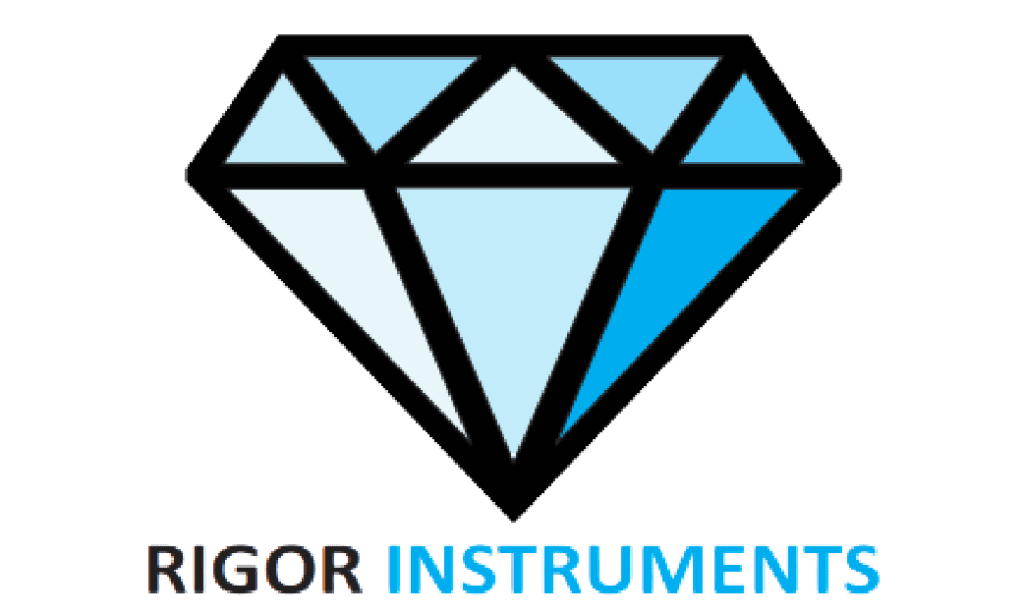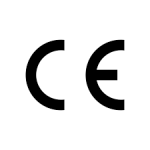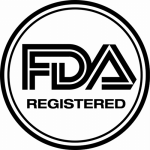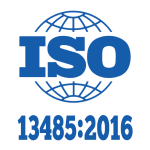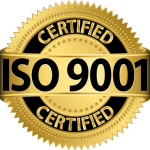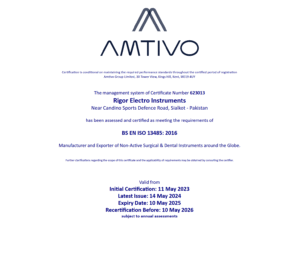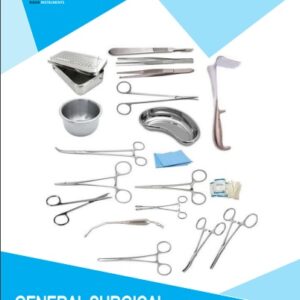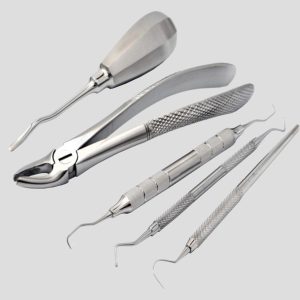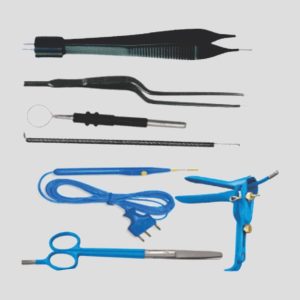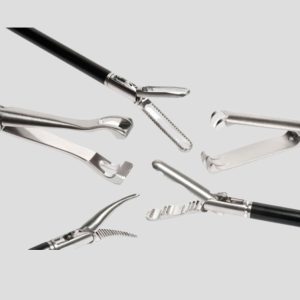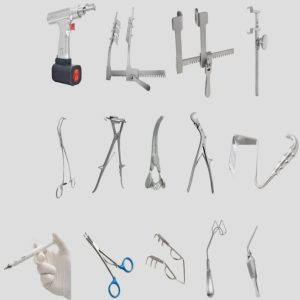Importance of QA (Quality Assurance) Inspection in Surgical Instruments
Quality Assurance (QA) inspection is a critical pillar in the manufacturing of surgical instruments. The QA inspection process ensures that every instrument meets the highest standards of safety, precision, durability, and hygiene before it reaches surgeons and patients, epitomizing the importance of thorough QA Inspection.
1. Patient Safety
Instruments come into direct contact with human tissue, blood, and organs.
A defect—even as small as a misaligned jaw or a burr—can cause:
Internal injury
Infections
Surgical complications
2. Surgical Performance
QA ensures the instrument performs its intended function flawlessly.
Scissors must cut cleanly
Forceps must grip firmly
Clamps must lock securely
High precision minimizes surgeon fatigue and increases procedure success.
3. Regulatory Compliance
Instruments must comply with ISO 13485, CE marking, and FDA standards.
Regular inspections verify documentation, tolerances, and material conformity.
Certified QA Guidelines According to ISO 13485:2016
ISO 13485 is the international quality management system standard for medical devices, including surgical instruments. It outlines strict QA protocols to ensure safety, performance, and regulatory compliance across all stages of production.
Core QA Requirements Under ISO 13485
| Section | Requirement |
|---|---|
| 4.2 – Documentation | Maintain complete Quality Manual, procedures, records, device master file |
| 6.2 – Competency | Ensure QA personnel are trained, certified, and records are maintained |
| 7.1 – Risk Management | Identify and control risks throughout the product lifecycle |
| 7.4 – Supplier Controls | Approve and monitor raw material suppliers (e.g., steel vendors) |
| 7.5 – Production Control | Validate every critical process (forging, polishing, assembly, etc.) |
| 7.6 – Inspection Equipment | Calibrate and maintain measuring tools (calipers, gauges, spectrometers) |
| 8.2 – Product Inspection | Perform in-process and final inspections, record non-conformities |
| 8.3 – Nonconformance | Segregate defective instruments and initiate corrective/preventive action |
| 8.5 – CAPA System | Maintain Corrective and Preventive Action program with root cause analysis |
Key QA Activities Required by ISO 13485
Incoming Inspection
Raw stainless steel checked for grade (420, 440C, 316L)
Chemical composition verified via spectrometer
In-Process Inspection
Measurements during trimming, forging, milling, polishing
Use of digital gauges, templates, and visual inspection under light/magnification
3. Batch-Level QA Inspection
All products are inspected during:
In-process stages (after forging, milling, polishing)
Final inspection before sterilization/packaging
Random or 100% sampling based on risk classification (Class I, IIa, etc.)
Rigor’s 3 step Finish Instruments Formula
Final Inspection
100% piece-by-piece visual and functional inspection
Sharpness test, ring alignment, finish quality, marking check
Glove test (no burrs or edges)
Record Keeping
QA checklists, operator logs, batch traceability (lot numbers, production date)
Internal Audits
Regular audits of QA practices and compliance with documented procedures
Final Product Release (Clause 8.2.6)
Only products approved and documented by authorized QA personnel can be shipped
Must include:
Inspection records
Device history record (DHR)
CE or FDA compliance documentation if applicable
4. Consistency & Traceability
QA tracks instrument batches, lot numbers, and inspection reports.
Ensures consistency across production and traceability in case of product recall.
5. Corrosion Resistance & Clean ability
QA includes surface finish inspection to ensure:
No rust-prone zones
No hidden crevices that could trap bacteria
Polishing is smooth and uniform
Key QA Inspection Areas at Rigor Instruments
| Inspection Point | Method Used |
|---|---|
| Dimensional Accuracy | Digital calipers, micrometers, gauges |
| Functionality Testing | Opening/closing force, blade sharpness test |
| Surface Finish Check | Visual, magnifying lens, glove sensitivity test |
| Material Verification | Spectrometer test for steel grade confirmation |
| Joint Alignment | Ring gauge, jaw fit test |
| Sterilization Simulation | Autoclave testing and discoloration inspection |
Risks of Skipping Proper QA
| Issue | Result |
|---|---|
| Dull or misaligned blades | Incomplete cuts, tissue tearing |
| Surface burrs or cracks | Infection risk, breakage in body |
| Incorrect material | Rusting, bio compatibility failure |
| Poor joint fitting | Loose or stiff instrument movement |
How Rigor Instruments Ensures Top-Quality QA
100% Hand & Machine Inspection of every instrument
Multi-step QC checkpoints from raw material to final packing
Certified QA inspectors trained under ISO 13485 guidelines
Use of laser marking for full product traceability
Rigor Instruments’ CE QA Commitment
All instruments undergo 100% final inspection before CE-labeled packing
Inspection done under clean-room-like conditions using calibrated tools
Each product batch is tied to a traceable lot number and inspection record
QA team trained in ISO 13485 + MDR (EU) 2017/745 procedures
